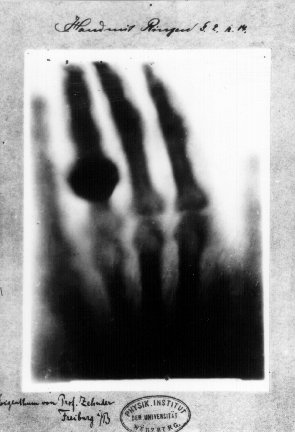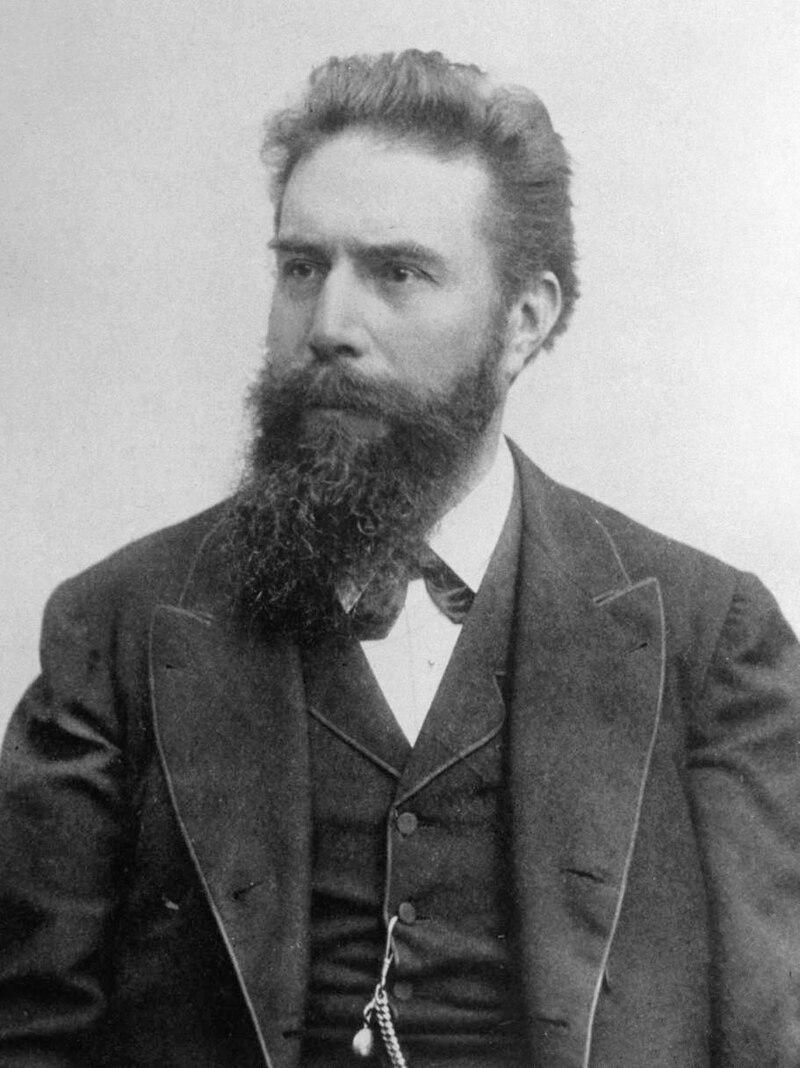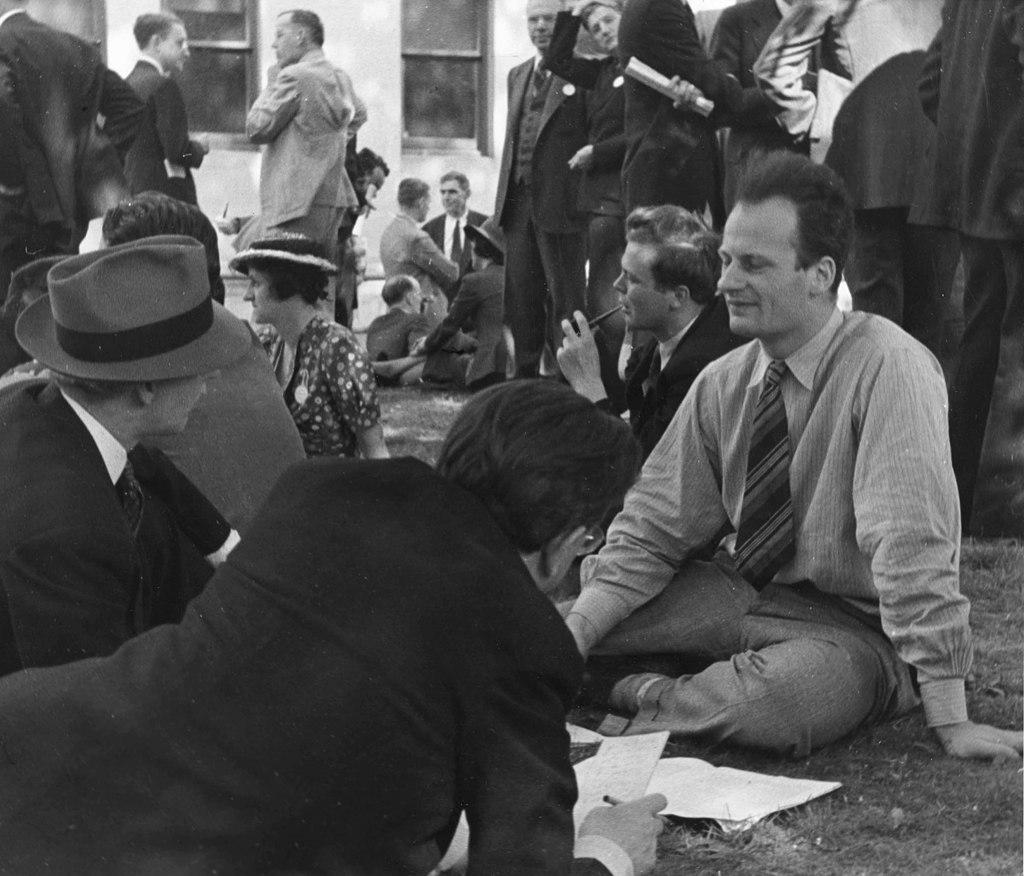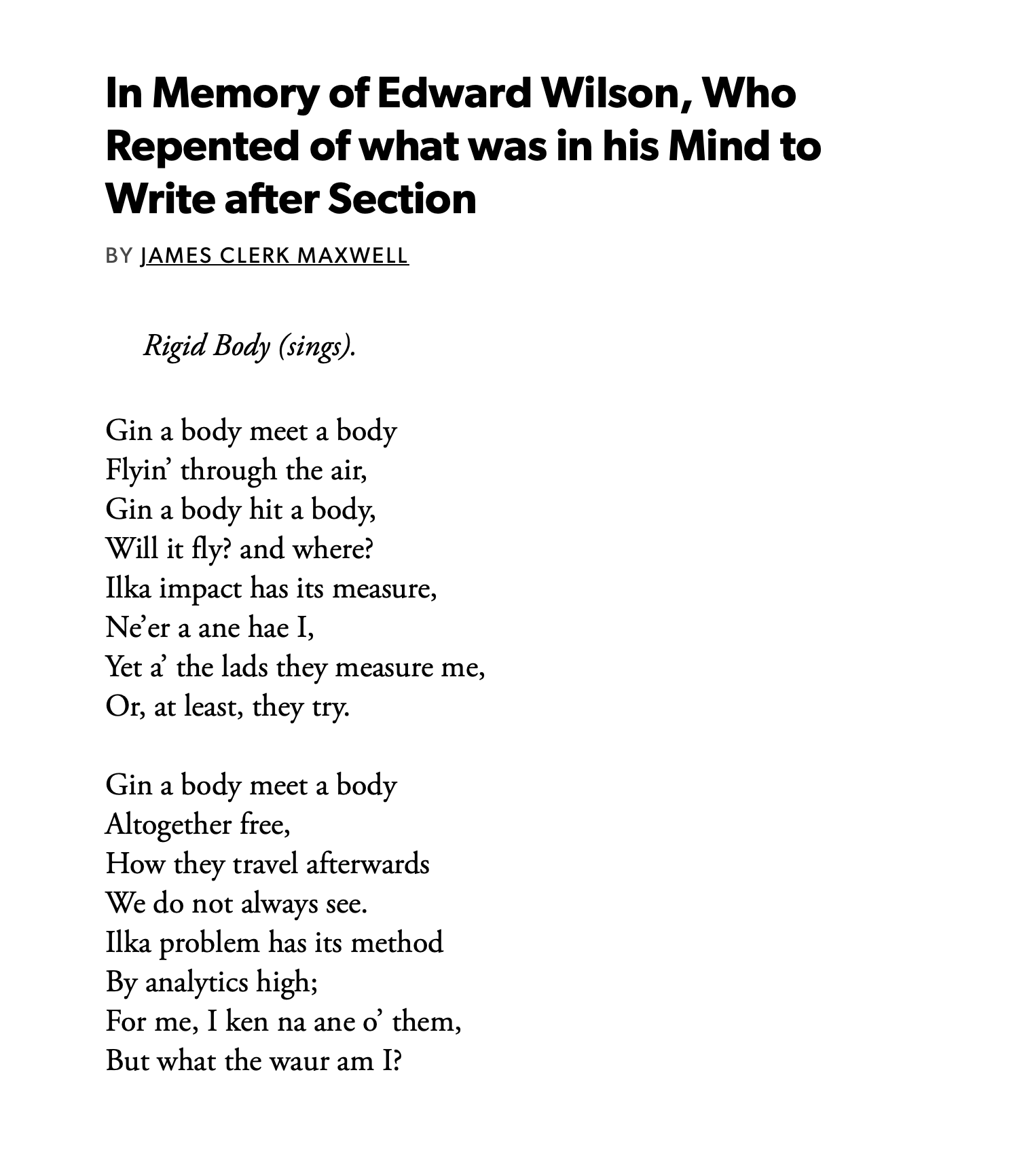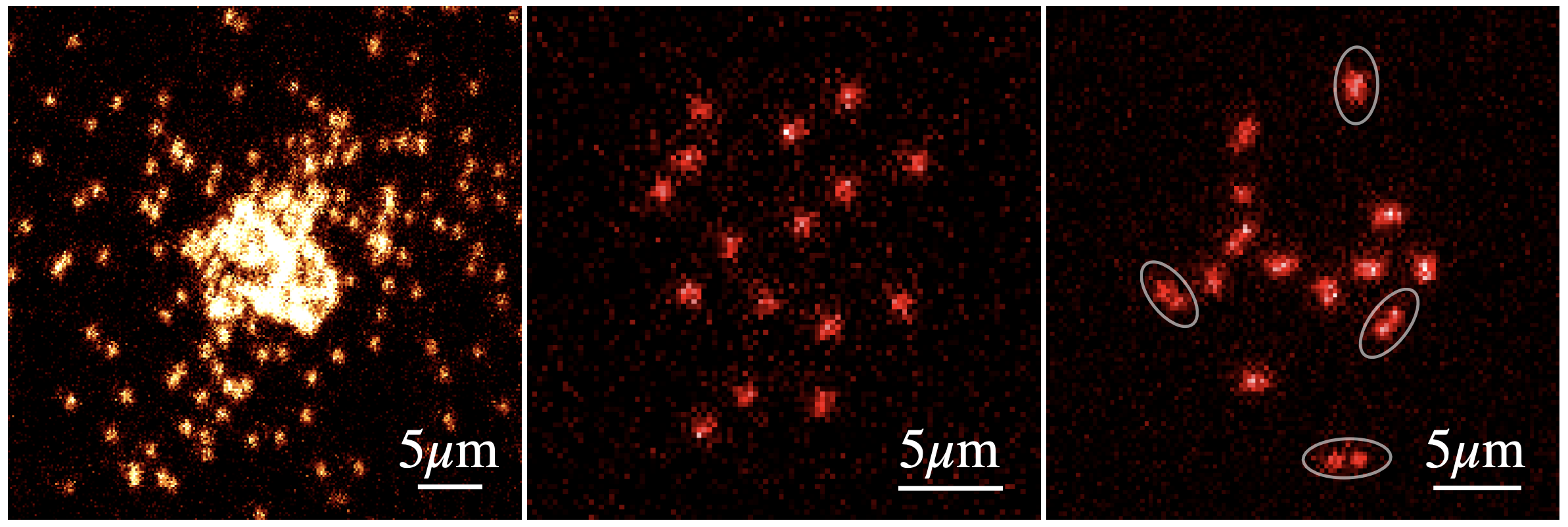The Fourier Transform is a mathematical operation that transforms a function of time (or space) into a function of frequency. It decomposes a complex signal into its constituent sinusoidal components, each with a specific frequency, amplitude, and phase. This is particularly useful in many fields, such as signal processing, physics, and engineering, because it allows for analysing the frequency characteristics of signals. The Fourier Transform provides a bridge between the time and frequency domains, enabling the analysis and manipulation of signals in more intuitive and computationally efficient ways. The result of applying a Fourier Transform is often represented as a spectrum, showing how much of each frequency is present in the original signal.
\[\Large\boxed{\boxed{\widehat{f}(\xi) = \int_{-\infty}^{\infty} f(x)\ e^{-i 2\pi \xi x}\,\mathrm dx, \quad \forall\xi \in \mathbb{R}.}}\]
Inverse Fourier Transform:
\[\Large\boxed{\boxed{ f(x) = \int_{-\infty}^{\infty} \widehat f(\xi)\ e^{i 2 \pi \xi x}\,\mathrm d\xi,\quad \forall x \in \mathbb R.}}\]
The equation allows us to listen to mp3s today. Digital Music Couldn’t Exist Without the Fourier Transform: http://bit.ly/22kbNfi
#Fourier #FourierTransform #Transform #Time #Frequency #Space #TimeDomain #FrequencyDomain #Wavenumber #WavenumberDomain #Function #Math #Maths #JosephFourier #Signal #Signals #FT #IFT #DFT #FFT #Physics #SignalProcessing #Engineering #Analysis #Computing #Computation #Operation #ComplexSignal #Sinusoidal #Amplitude #Phase #Spectra #Spectrum #Pustam #Raut #PustamRaut #EGR #Mathstodon #Mastodon #GeoFlow #SpectralMethod
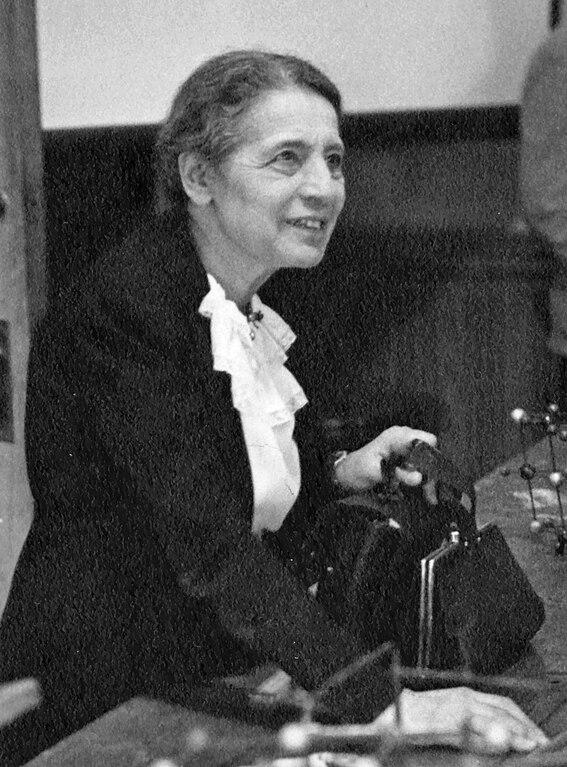
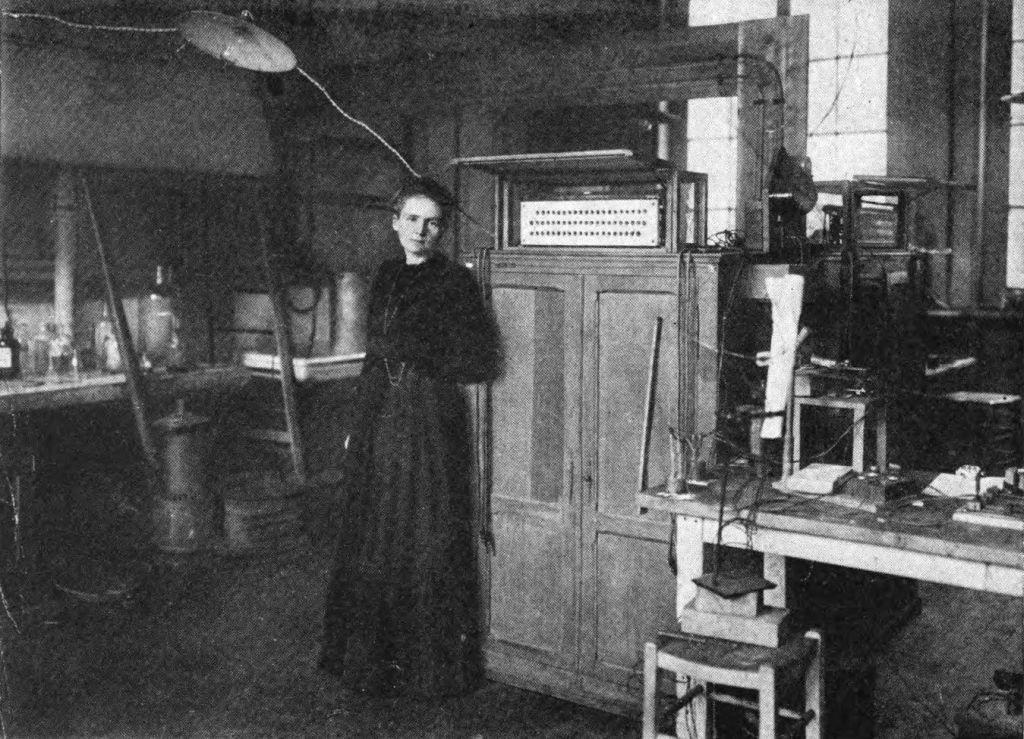
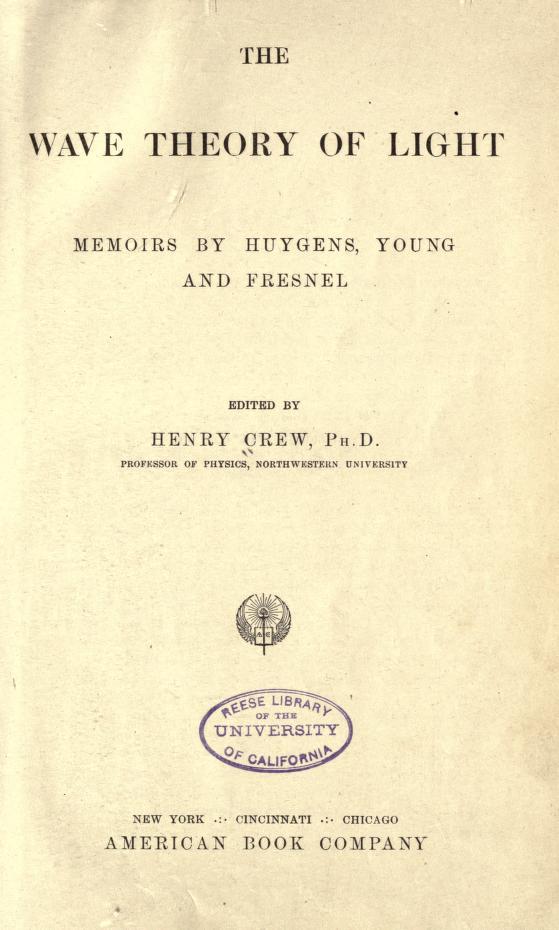
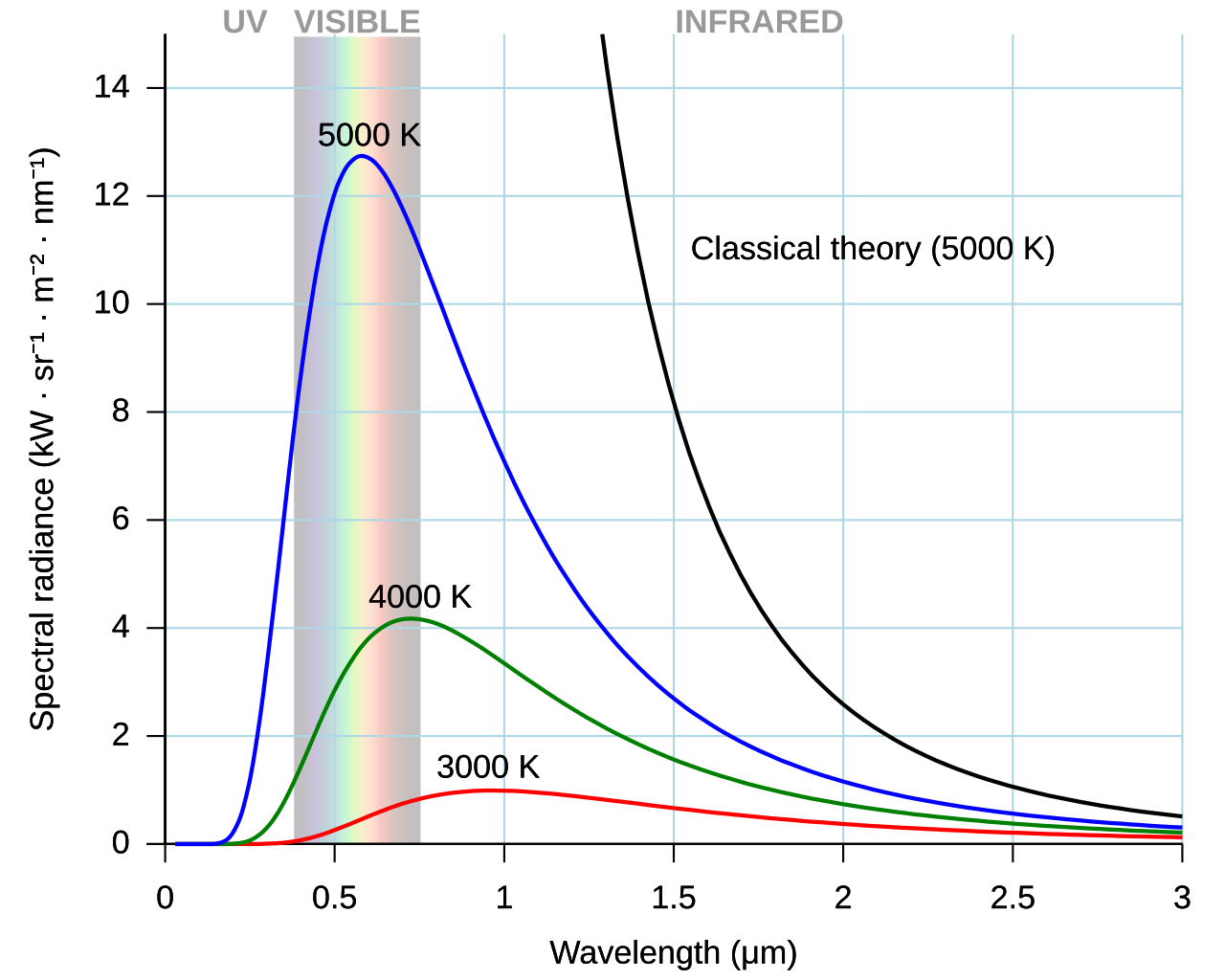
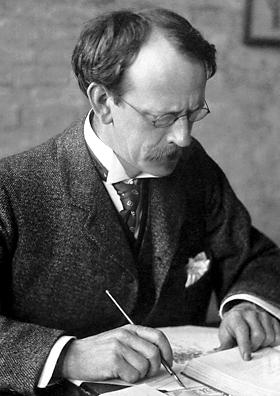
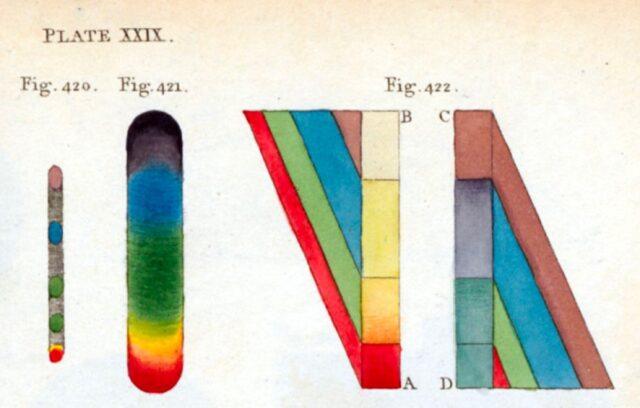
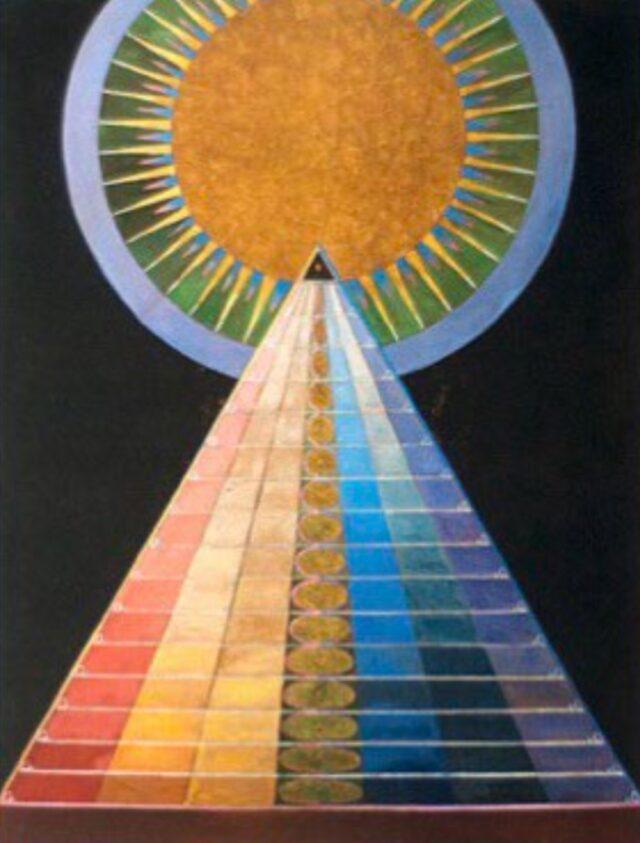
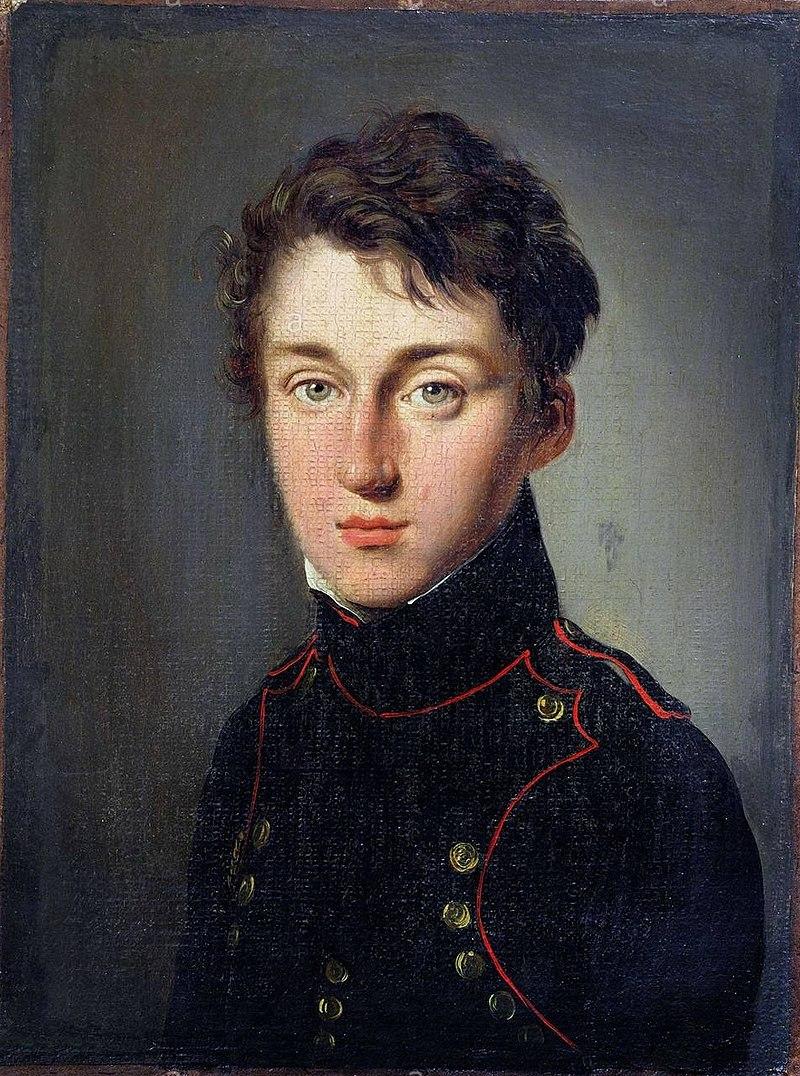
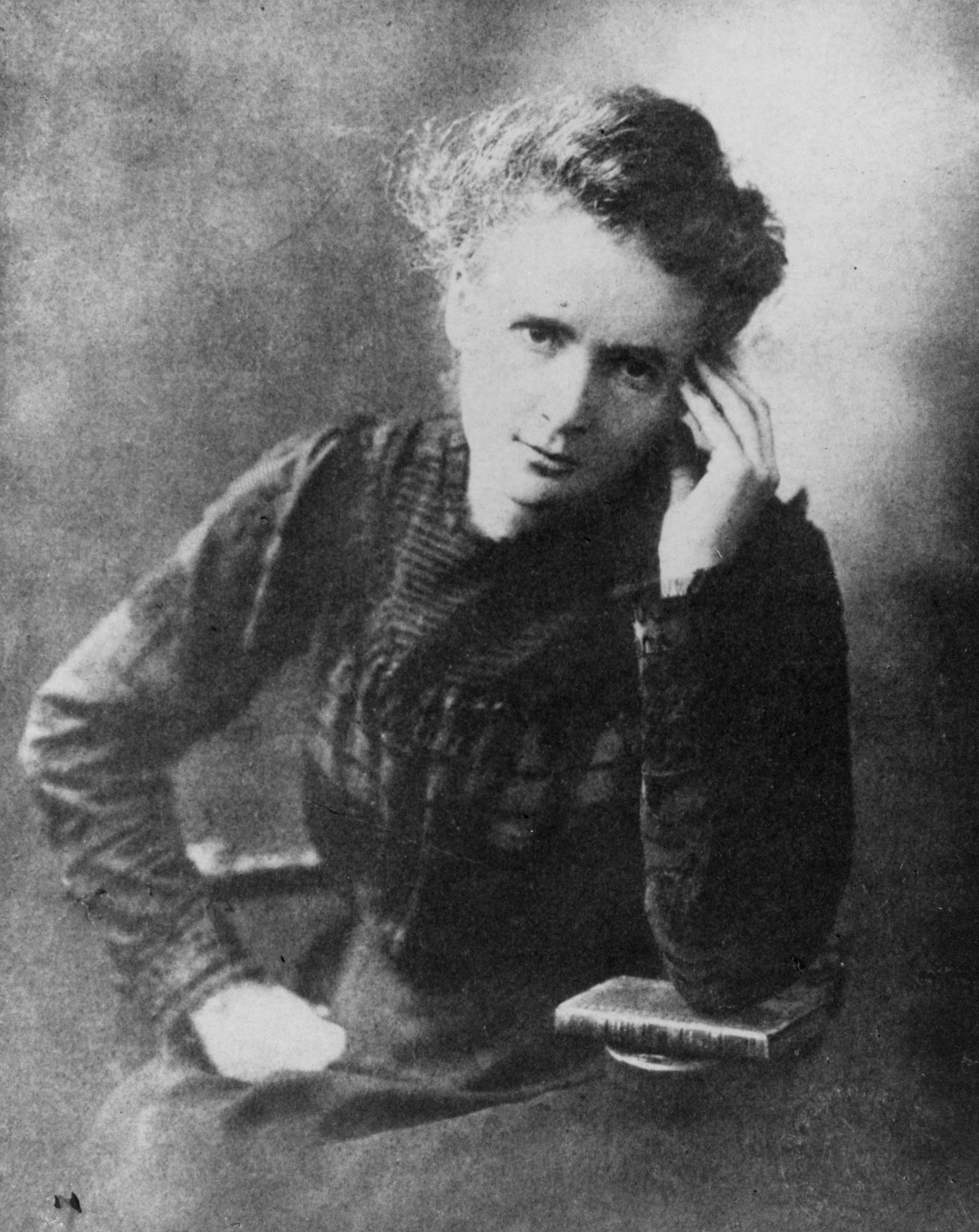
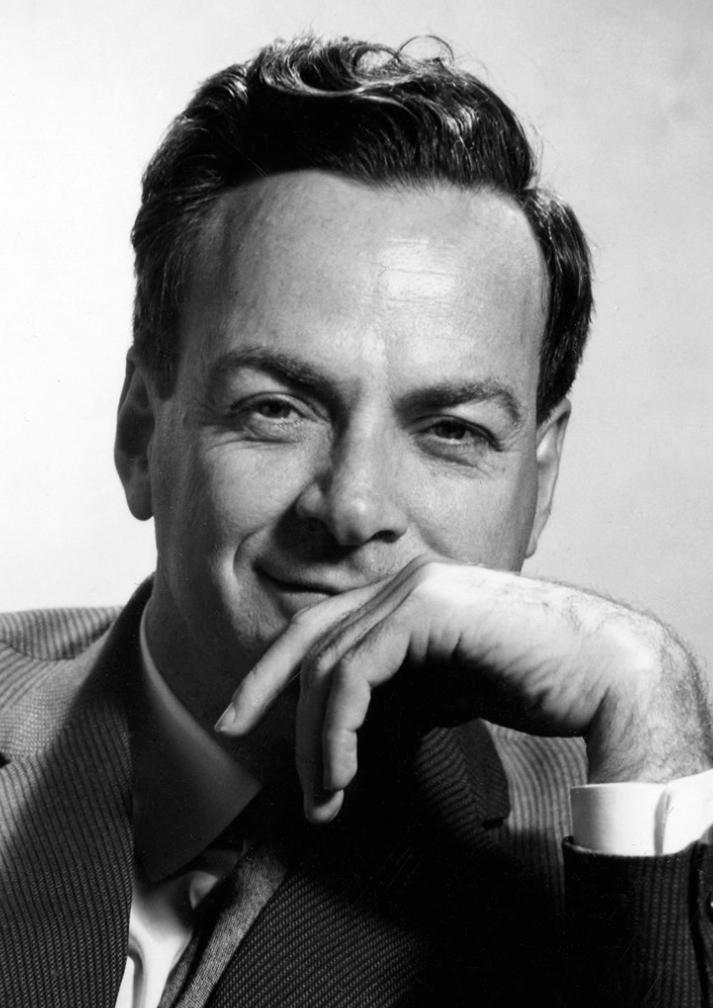
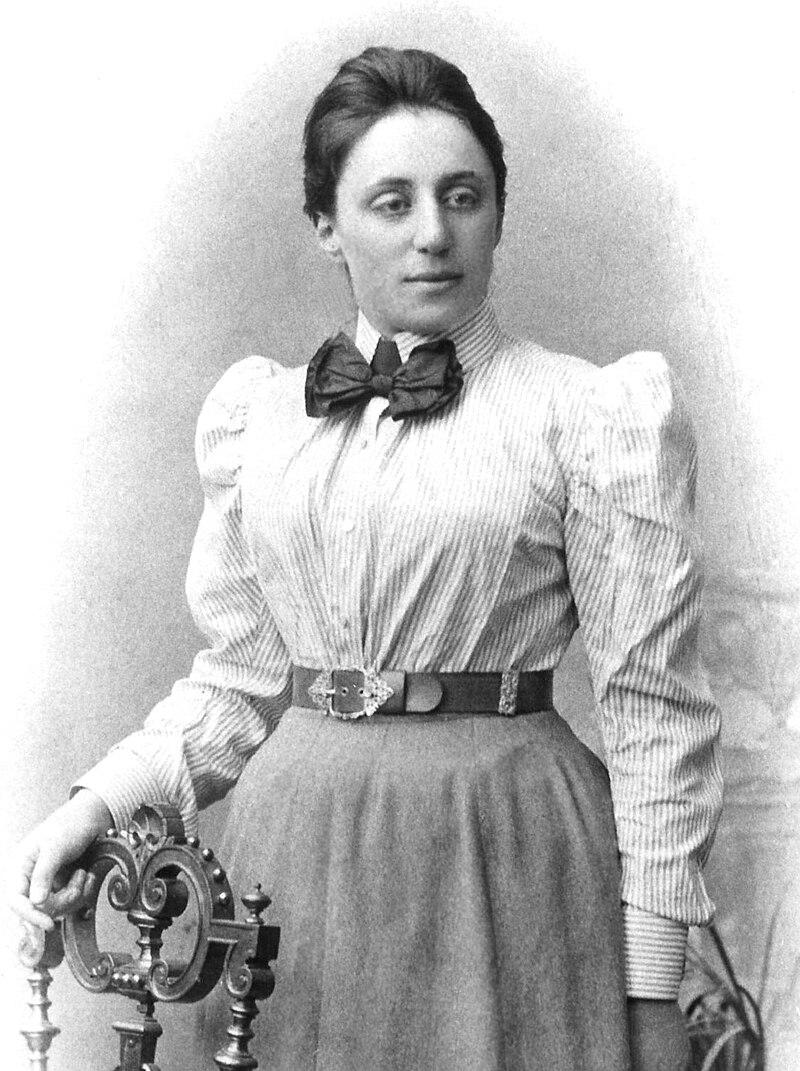
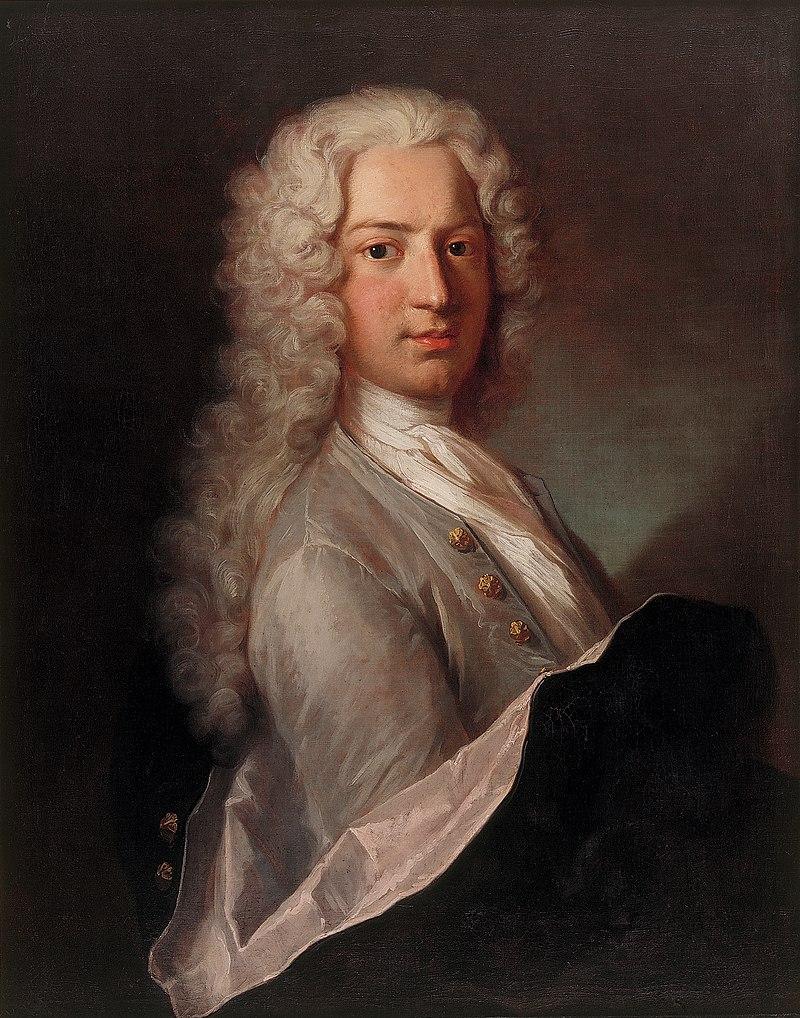
![Portrait of Emmy Noether, around 1900.
Unknown author Publisher: Mathematical Association of America [3], Brooklyn Museum [4], Agnes Scott College [5], [6] - Emmy Noether (1882-1935), Archived
The photograph shows Noether as a poised young woman, reflecting the academic environment of the era. Dressed in period attire typical of the late 19th to early 20th century, she appears composed and introspective, a visual contrast to the intellectual revolution she would later ignite in mathematics. Portrait of Emmy Noether, around 1900.
Unknown author Publisher: Mathematical Association of America [3], Brooklyn Museum [4], Agnes Scott College [5], [6] - Emmy Noether (1882-1935), Archived
The photograph shows Noether as a poised young woman, reflecting the academic environment of the era. Dressed in period attire typical of the late 19th to early 20th century, she appears composed and introspective, a visual contrast to the intellectual revolution she would later ignite in mathematics.](/proxy/post_attachment/656703/c37623fa20.jpg)
